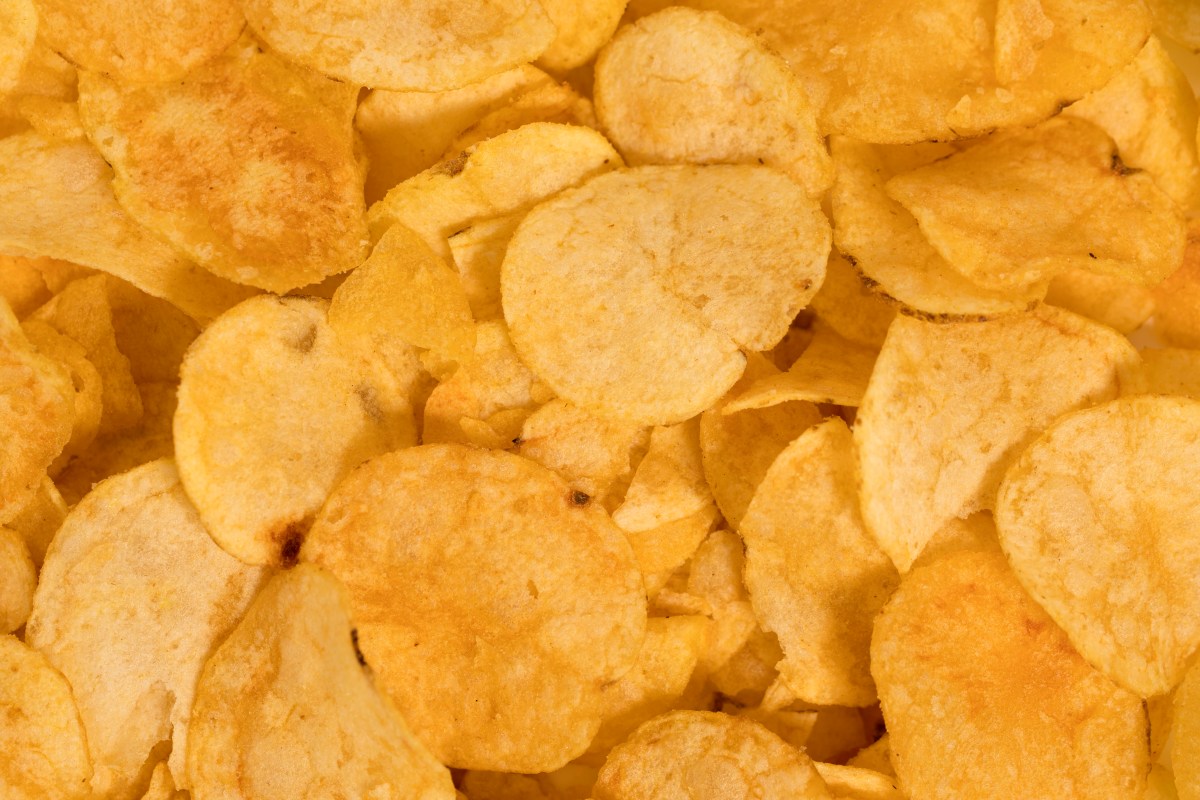Here’s food for thought: Eventually, potato chips may be made in much the same way as microchips.
As 3-D printing—or additive manufacturing, as the technology is more scientifically known—gets faster and cheaper, its applications are going beyond plastics and into more interesting directions. For example, edible pastes that can be printed into different shapes, like the classic potato chip.
That application was discussed this week at the MIT Technology Review’s EmTech Next conference, in a talk by MIT Associate Professor John Hart.
“Frito-Lay uses the lowest-cost printers to print prototype potato chip geometries,” Hart said during his talk, according to the magazine. “They claim that getting these plastic potato chips in their customers’ hands gives them more confidence in scaling up their production tooling.”
The big setback currently is the slow production rate at which the materials are printed, but Hart is predicting fully automated 3-D-printing facilities will be the standard within the next five years.
Thanks for reading InsideHook. Sign up for our daily newsletter and be in the know.


















